Description
COURGETTE – BIANCA DI TRIESTE
COURGETTE – BIANCA DI TRIESTEis an heirloom variety renowned for its creamy white or pale ivory-colored fruits. The elongated, cylindrical squash boasts a smooth skin and tender flesh, delivering a subtle and delicate flavor. This variety is treasured for its unique color and excellent taste.
Cultivation Advice
- Opt for well-draining, fertile soil enriched with organic matter. Prior to planting, improve soil quality by incorporating compost or aged manure.
- Choose a sunny location with soil temperatures consistently above 60°F (16°C). Plant seeds or seedlings with appropriate spacing, about 2-3 feet (60-90 cm) apart.
- Maintain consistent soil moisture, especially during flowering and fruiting stages. Water deeply but infrequently to encourage healthy root growth.
- Apply mulch to retain moisture and suppress weed growth. Regularly remove weeds to reduce competition for nutrients.
- Apply compost or balanced organic fertilizers during the growing season to provide essential nutrients for vigorous plant growth.
- Provide support structures like stakes or cages to prevent sprawling. Prune excessive foliage to enhance air circulation.
- Regularly inspect plants for pests like aphids or squash bugs. Use organic pest control methods or introduce beneficial insects for pest management.
- Harvest courgettes when they’re young and tender, usually around 4-6 inches (10-15 cm) in length, for best flavor. Regular harvesting encourages continual fruiting.
- Consume harvested courgettes promptly for optimal taste. If storing, keep them in a cool, dry place or refrigerate for a few days in a perforated plastic bag.
- Ensure warm soil temperatures, as courgettes thrive in soil around 70°F (21°C). Protect young plants from cold temperatures and frost.
- Encourage pollinators by planting flowers nearby or gently shaking the flowers to aid in pollination, especially if pollinators are scarce.
- Maintain even soil moisture throughout the growing season, particularly during flowering and fruiting stages. Avoid waterlogging, as it can lead to root rot.
- Consider planting companion plants like basil or marigolds to repel pests and attract beneficial insects that aid in pollination.
- Provide ample space between plants to improve air circulation, reducing the risk of diseases like powdery mildew. Good airflow keeps foliage dry and healthy.
- Utilize natural remedies like neem oil or insecticidal soap to deter pests. Employ physical barriers like row covers to protect plants from pests.
- Continuously harvest mature courgettes to encourage new fruit production. Overgrown courgettes can drain the plant’s energy.
- Regularly amend the soil with organic matter like compost or well-rotted manure to replenish nutrients and improve soil structure.
- Understand the specific growth habits, expected size, and unique characteristics of Courgette Bianca di Trieste for effective cultivation.
- Ensure the plants receive adequate sunlight exposure, ideally 6-8 hours of direct sunlight daily, for healthy growth and fruit production.
- Conduct frequent checks for signs of pests, diseases, or nutrient deficiencies. Prompt identification allows for effective management.
- Utilize watering methods that focus on the root zone, such as drip irrigation or soaker hoses. Water early in the day to allow foliage to dry, reducing disease risks.
- Practice crop rotation annually to mitigate soil-borne diseases and pests. Avoid planting courgettes in the same area consecutively.
- Train vines to grow in a specific direction for space optimization. Prune excess foliage to increase light penetration and airflow.
- Plant companion flowers or herbs to attract beneficial insects like ladybugs or lacewings, aiding in pest control.
- Apply compost tea, a liquid fertilizer made from steeping compost in water, to nourish plants with nutrients and beneficial microbes.
- Regularly refresh mulch to retain moisture, suppress weeds, and protect the soil. Mulch contributes to soil health and moisture retention.
- Harvest courgettes at the appropriate size for better flavor and to encourage continuous fruiting. Overgrown courgettes can reduce productivity.
- Store harvested courgettes in a cool, dry place or refrigerate them for a few days in a perforated plastic bag to maintain freshness.
- If planning to save seeds, allow some courgettes to fully mature on the vine. Properly dry and store seeds in a cool, dry location for future planting.

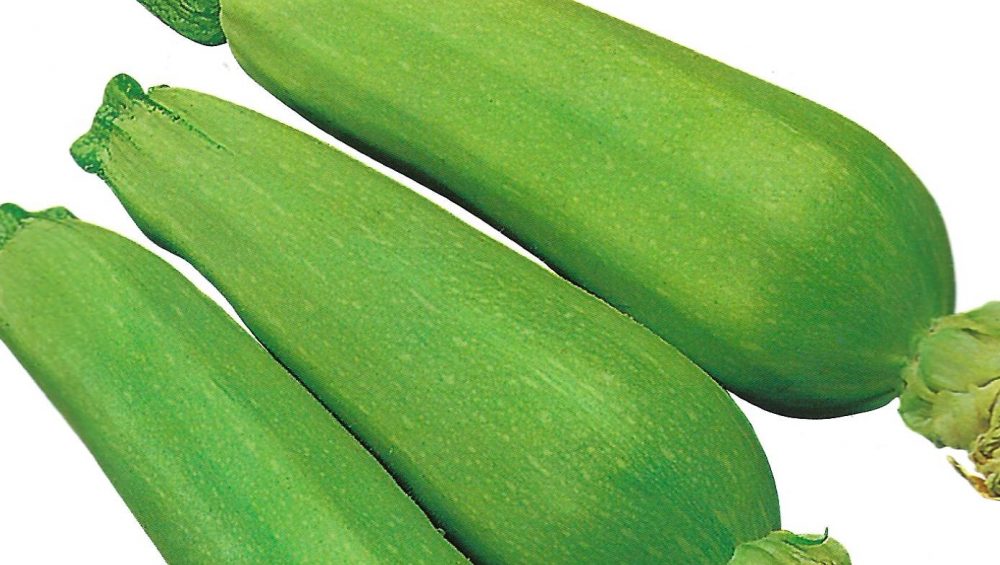
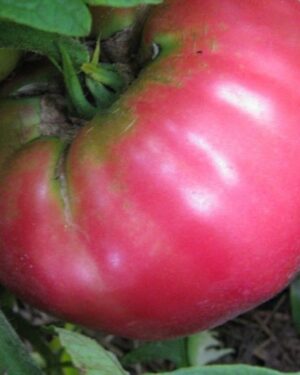
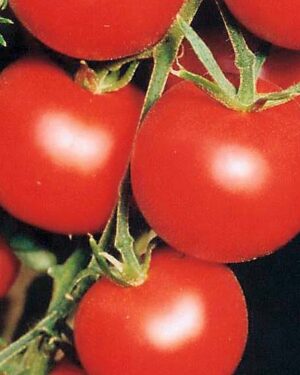
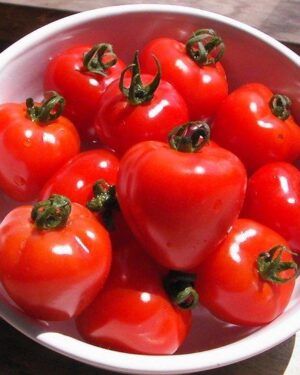
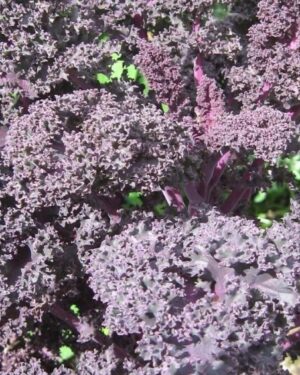



Reviews
There are no reviews yet.